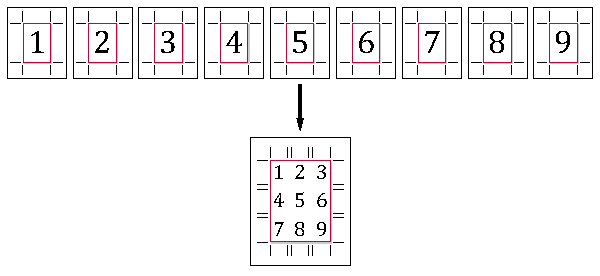User Manual
Table of Contents
N-up

N-up places various pages from the document at one sheet.
EXAMPLES:
Business cards, leaflets, etc., generally any pages that should be printed in the same volume or at the same material so it is reasonable to print different pages or jobs together at one sheet. For instance there could be 4 leaflets of A5 size, each should be printed 100x. You can put the leaflets together to one sheet of size A3 and then print 100x the same sheet.PLEASE SEE THE SCHEMATIC REPRESENTATION OF THIS OPERATION:


If you need to put different pages at one sheet as many times as possible (for instance make copies of 3 different business cards) use the easy and fast option Fill Sheet.
If the Fill Sheet option is checked, the pages are copied again and again as long as there is place for all the pages. If there is some free place but all pages cannot fit in, the place will remain free.
If the document contains more pages than can be placed at one sheet, this option is ignored.

Collate option specifies the order of pages at the new sheet. If checked the pages are copied in the same order as they are in the original document.
Default setting (without checked Collate option) copies the first page of the document as many times as possible, then the second page and so on.
EXAMPLES:
Mostly you will use the Collate option to quickly copy different business cards at one sheet.PLEASE SEE THE SCHEMATIC REPRESENTATION OF THIS OPERATION:
Imposition when Collate option is unchecked (default):
Imposition when Collate option is checked:

To make it clear, compare the following example where 3 business cards of 90 x 50 mm are to be imposed to SRA3 (320 x 450 mm) sheet. This sheet will contain 24 cards, each will be placed 8x. Imposition when Collate option is unchecked (default):

Imposition when Collate option is checked:

"TO BASE" OPTION

When pages of different sizes are imposed, the pages are aligned to top by default. This option modifies the behaviour so that pages in every odd row are aligned to bottom while pages in even row stay aligned to top.
